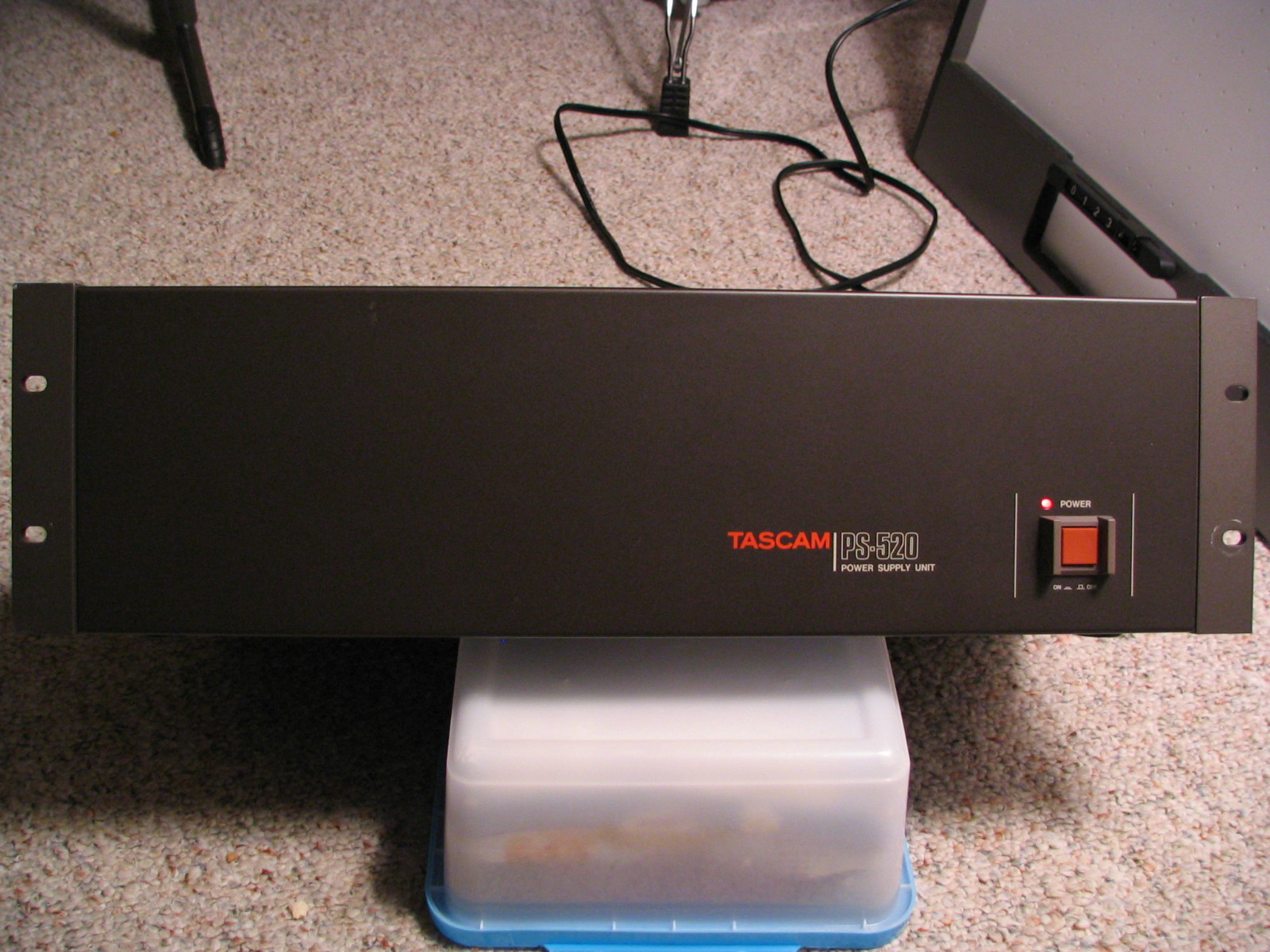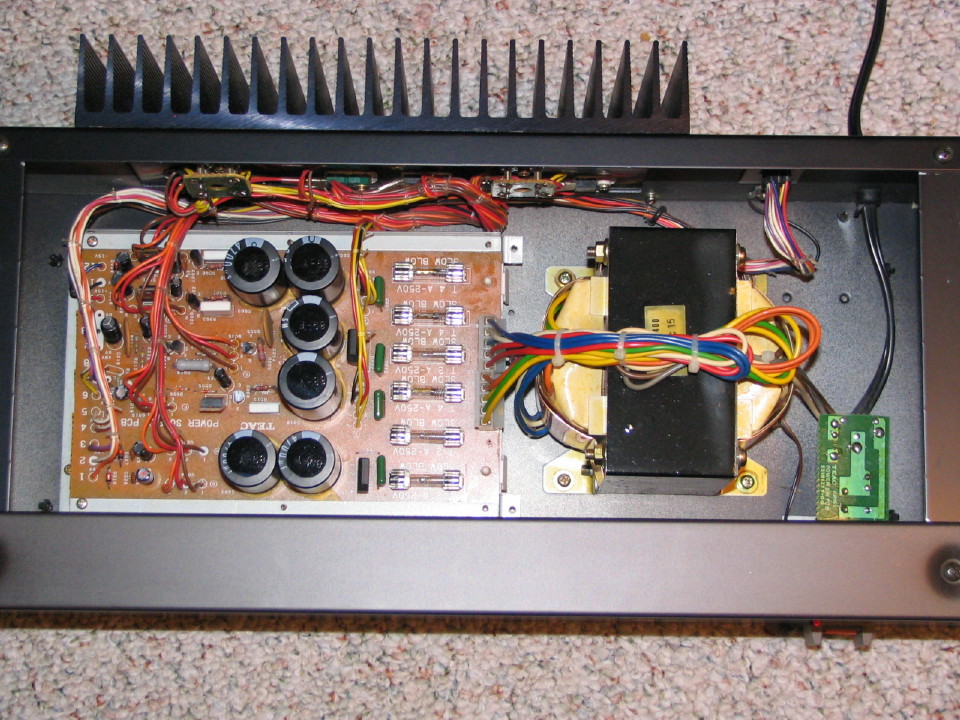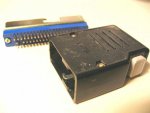sweetbeats
Reel deep thoughts...
M500 shorting pins?
Look at the picture below...
It is a Tascam shorting pin that comes with the M500 mixers (others as well I assume). This goes somewhere on the mixer. This is not the bridge type shorting pins that go in the SEND/RCV jacks...
Anybody know how many the mixer should have? I think they are used in the phono input jacks on channels 3 and 4, and/or in the INST input RCA jacks on channels 1 and 2, or both. The manual is not clear.
Look at the picture below...
It is a Tascam shorting pin that comes with the M500 mixers (others as well I assume). This goes somewhere on the mixer. This is not the bridge type shorting pins that go in the SEND/RCV jacks...
Anybody know how many the mixer should have? I think they are used in the phono input jacks on channels 3 and 4, and/or in the INST input RCA jacks on channels 1 and 2, or both. The manual is not clear.




 I clamp the probe that is on the PSU to a rack ear, stick the other back in the ground socket, same thing...70VAC. Its late, I'm not trusting my meter, I slap the case with a finger. Nothing. I'm now feeling like Ben Stiller and Owen Wilson in Zoolander when they are trying to find the "files" in the iMac and they are beating on it, shaking it upside-down and making primal noises...I realize I'm not going to feel 70 volts of fun unless I cram my finger in the ground socket and touch the case...I look at the case, the wall, back to the case...nnnnnnnn...nnnaw. Its late...better judgement gone...all gone.
I clamp the probe that is on the PSU to a rack ear, stick the other back in the ground socket, same thing...70VAC. Its late, I'm not trusting my meter, I slap the case with a finger. Nothing. I'm now feeling like Ben Stiller and Owen Wilson in Zoolander when they are trying to find the "files" in the iMac and they are beating on it, shaking it upside-down and making primal noises...I realize I'm not going to feel 70 volts of fun unless I cram my finger in the ground socket and touch the case...I look at the case, the wall, back to the case...nnnnnnnn...nnnaw. Its late...better judgement gone...all gone.




 (if you have one)
(if you have one)




